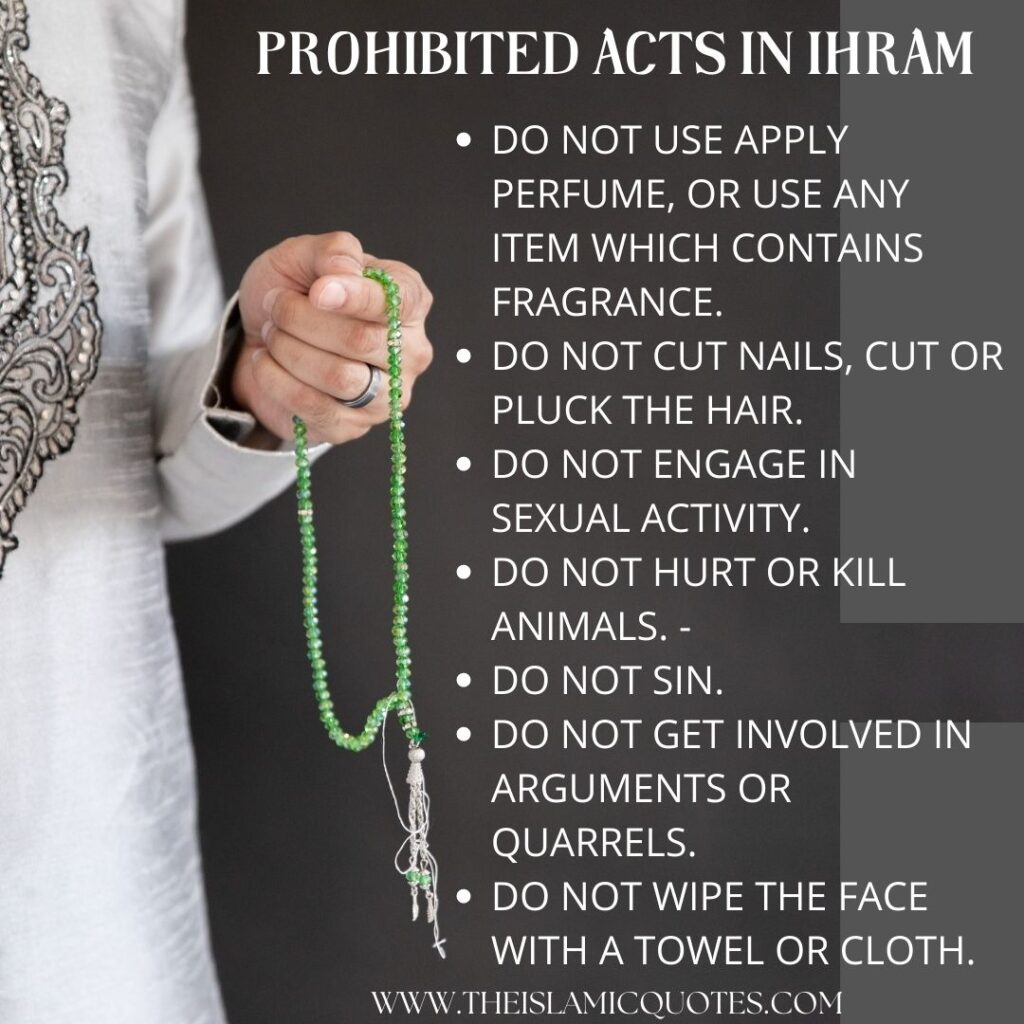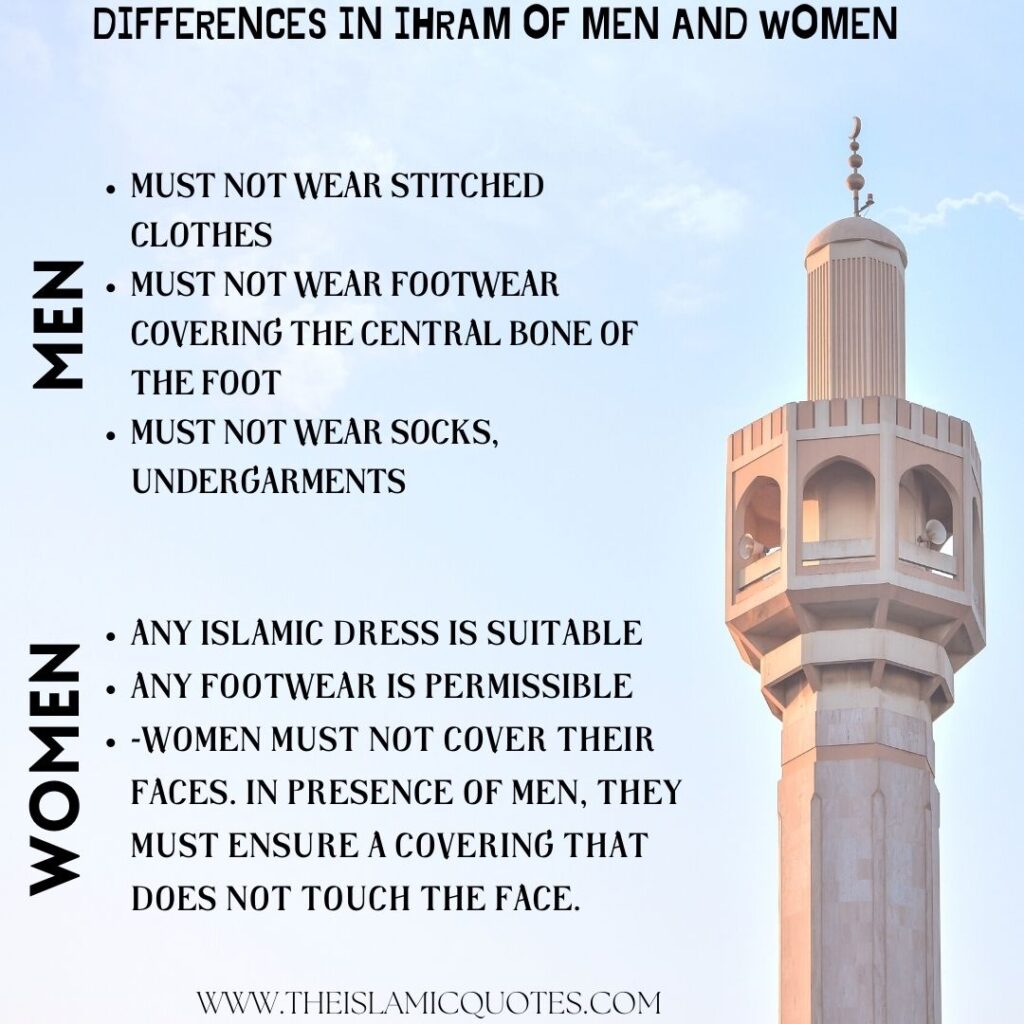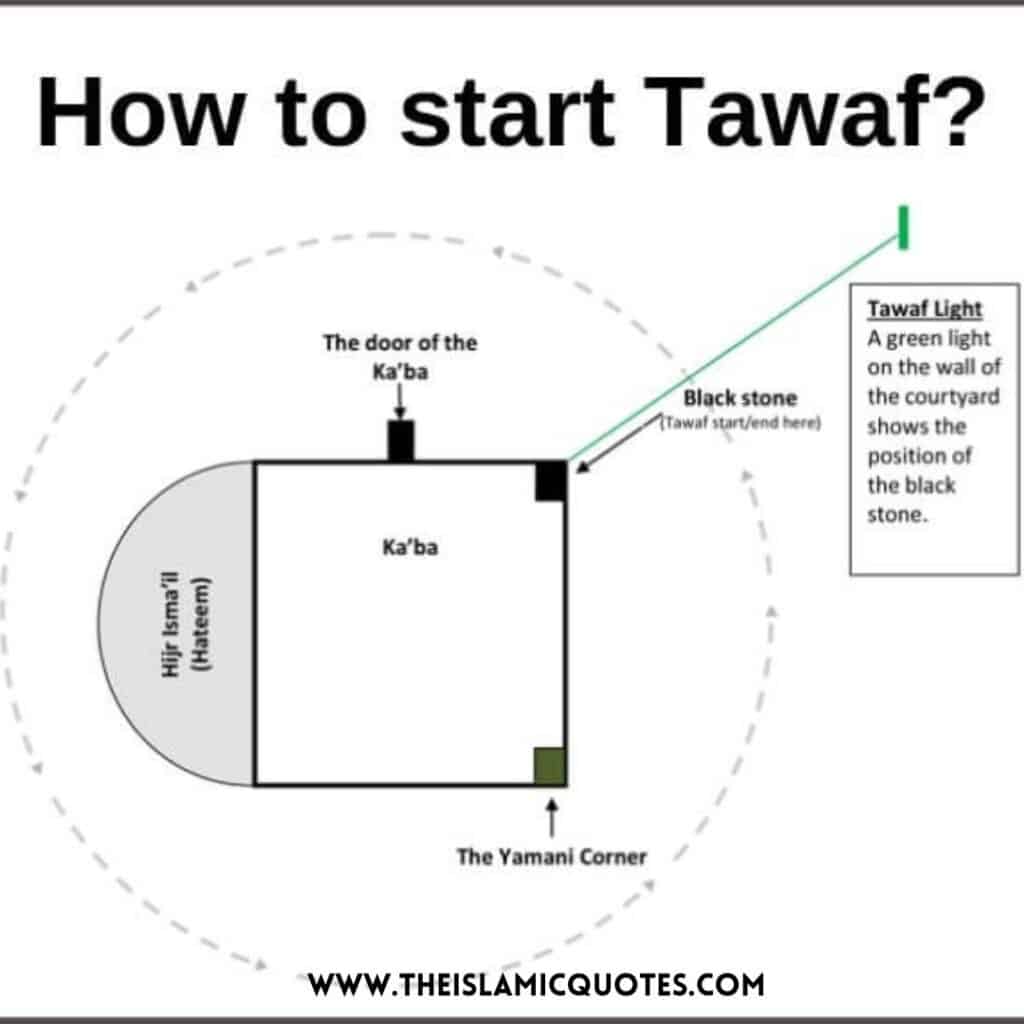How to perform Umrah? Umrah is one of the most beautiful Sunnah of Prophet Muhammad and an Islamic pilgrimage to Makkah that can be performed all year round. The word Umrah means to ‘visit a place’ an act of worship that holds great value and virtue in the eyes of Allah SWT.
Now that you have finally decided to embark upon the blessed journey of Umrah, be grateful that Allah SWT has provided you with this opportunity and has placed you in a position to afford it. Performed with the purest intentions, it is a means to purify the mind and soul.

Pre-Umrah Preparations
Umrah requires a Muslim to leave the comfort of their home and their lives behind and devote their entire time solely to the worship of Allah SWT, it requires you to disconnect yourself from the world temporarily and make the most of this journey.
Ikhlaas (sincerity) is needed for this recommended Sunnah.
Make sure you use halal earnings for Umrah purposes.
Repent from past sins and make an intention to abstain from them in the future.
Practice patience, a much-needed trait that will be tested, and let trivial things slide.
Leave your ego and temper behind, and exercise humility.
Start learning duaás and dhikr needed throughout this journey.
Stop worrying over the amount of money being spent, the time and money are being spent in the way of Allah SWT and the Messenger of Allah said:

Even after all these preparations, there is still one nagging thought in the back of your mind will my Umrah be accepted?
This thought is quite troublesome. To reap maximum benefits from this trip, you must know the proper procedure before heading out. We have compiled a comprehensive guide, that will help you every step of the way.

4 Acts of Umrah

1- Ihram
Ihram is an integral part of Umrah without it the pilgrimage is not acceptable. In this state, a person is believed to have a certain essence of spiritual purity. The word Ihram originates from the word Tahreem, which means prohibited, it means to enter a state in which certain Halal (permissible) things become forbidden till you remain in the state of Ihram.
The word Ihram also refers to the clothing that pilgrims have to wear for Umrah. Ihram also symbolizes the equality of all pilgrims with no difference between the rich and the poor, men and women in front of Allah.
How can we enter into this state?
Entering this sacred state requires a certain set of rituals. Before you wear your Ihram you must make sure to:
- Remove unwanted hair from private parts.
- Trim nails
- Make Ghusl (washing your body as prescribed in Sunnah), so that any impurities can be washed away.
Umrah Niyah (intention) is very important and required before you leave for Umrah, which is followed by Talbiyah. This intention is made before you leave home or before you cross Meeqat (the Meeqat are designated places that a pilgrim can only cross in the state of Ihram).
There are different Meeqat points all around Makkah for people coming in from all over the world:
- Dhu’l Hulaifah (Abbyar Ali) is the Meeqat for pilgrims coming from or through Madinah. It is 9 km from Madinah and 450 km from Makkah.
- Al-Juhfah (near Rabigh) is the Meeqat for pilgrims coming from or through the Levant countries, Morocco, Egypt, or Sudan. It is 190 km northwest of Makkah.
- Qarn-al manazil (As-Sail Al-Kabeer) is the Meeqat for pilgrims coming from or through Najd or Taif, including the GCC countries. It is a hilly place about 90 km to the east of Makkah
- Yalamlam (Sa’adiyah) is the Meeqat for pilgrims coming from or through India, Pakistan, China, or Yemen. Also for those coming by ship. It is a hilly area 50 km to the southeast of Makkah.
- Dhat `Irq is the Meeqat for pilgrims coming from or through Iraq. It is 85 km towards the northeast of Makkah
It is narrated by Jabir that the Messenger of Allah ﷺ addressed us and said:

If you are traveling by plane it will be announced when you are approaching Meeqat. Pray two Rakah ( this can be done at home as well before you leave) and make sure you recite these duaás and Talbiyah before you cross Meeqat:

You cannot cross Meeqat and then make Niyyah, IT HAS TO BE DONE BEFORE. If you forget to enter into Ihram at Meeqat, you must sacrifice a sheep as a penalty.

Keep reciting Talbiyah till your Umrah is completed. You are now a Muhrim (pilgrim in the state of Ihram). Some actions are forbidden till you have completed your Umrah and exited the state of Ihram.

There are certain differences in the physical state of Ihram for men and women.

2- Tawaf
An integral part of Umrah, Tawaf is the greeting of Masjid e Haram. Tawaf is derived from the word Taafa which means to encircle something. It involves circling the Ka’abah 7 times (anticlockwise), beginning from the Black Stone (Hajar e Aswad). Due to heavy crowds, if the Hajar e Aswad isn’t visible, there are green lights installed that indicate the beginning of Tawaf.
Men are advised to bare their right shoulder by passing the Ihram sheet from under the right arm and draping it over the left shoulder. This is called Iditiba. Women have no such obligations.
Tawaf is done in the state of Wudhu and free from any major and minor impurities, menstruating women aren’t allowed to perform Tawaf. Ramal is another act of Sunnah to be kept in mind for men while performing Tawaf, it is walking quickly to imitate warriors, forcefully lifting their feet and sticking out their chest.
However, missing Ramal will not invalidate the performance of Umrah. Men should perform the first three rounds of Tawaf in this manner and then return to their normal walking state for the rest of the four rounds. Ramal is not meant for women.
There are no fixed supplications for Tawaf, you can recite any duaás, any dhikr you remember. Even a person can make their own personal duaá’s. But refrain from talking and pointless conversations. Between the Rukn-e-Yamani (The Yamani or the Fourth Corner) and the Black stone, it is Sunnah to recite the following duaá:

When you reach Hajr e Aswad, touching it is not a part of Umrah even if you aren’t able to then just face the palm of your hands in the direction of the stone and say :
Bismillahi Allahu Akbar Walila Hil Hamd
With this you have now completed 1 circle, repeat this process till you have completed 7 circles. Your Tawaf is now complete, men should cover their shoulders now. Two rakahs of Salah should be performed after completing Tawaf.
While it’s preferable to perform this Salah near Maqam-e-Ibrahim (a stone that signifies the work of Prophet Ibrahim and Ismail who worked on rebuilding the Kabah), it may not be possible because the spot is situated within Mataf. You may perform this Salah anywhere in the Masjid.

Now proceed to drink Zamzam water. Face the Kaabah and drink it while standing. There is a lot more to the story of Zamzam than we know, read this to find out more. Things to Know About Zamzam Water.

3- Saée
Saée is another important ritual, which is walking back and forth between the hills of Safa and Marwa, 7 times. Every pilgrim is required to do Saée after Tawaf to relive the story of Hajar, wife of Prophet Ibrahim, who desperately ran between the two hills in search of water for her son. Proceed towards the Mount of Safa while reciting this duaá:

Saeé begins from Safa, walking from Safa to Marwa is counted as 1. Men are required to run part of the way, this area is marked by green tube lights. Wudhu isn’t mandatory for Saáee , it is preferred.
No specific dua or dhikr has been prescribed for pilgrims performing Sa’ee. You may recite any supplications or duas of your choice, in any language. Your seventh lap will conclude at Marwah. Face the Kabah and make duaá.
Also, go through this list of the Best Things That You Must Do In Makkah.
4- Halaq/Qasar
To exit the state of Ihram, it is necessary to shave one’s head which is known as Halaq. If you do not want to get it shaved, the hair must be trimmed at least an inch or more from all over the head not just one part. Women may cut off the end of their ponytail, about the length of a fingertip.

When the Prophet performed his Umrah with a very large number of the Sahabah. Some of them shaved their heads while others cut short a small portion of their hair. The Prophet prayed for both, but he first prayed three times for those who shaved. He only included the others the fourth time.
Your Umrah is now complete. The restrictions of Ihram are lifted. Thank Allah SWT for providing you with this opportunity.
Frequently Asked Questions
Q. What do say when performing Umrah?
One should recite Talbiyah during Umrah.
Q. How long does it take to perform Umrah?
Depending on the crowd, it usually takes 2-4 hours to complete an Umrah.
Q. How many Umrah can I perform?
It is permissible to perform more than one Umrah during the same journey, but you should come into the state of Ihram from a point outside the Haram area. The nearest mosque is at Taneem. But more Tawafs come recommended.
Q. What is the best time to perform Umrah?
Umrah can be performed all year round. But according to hadith, Umrah performed during Ramadan is equivalent to Hajj.






